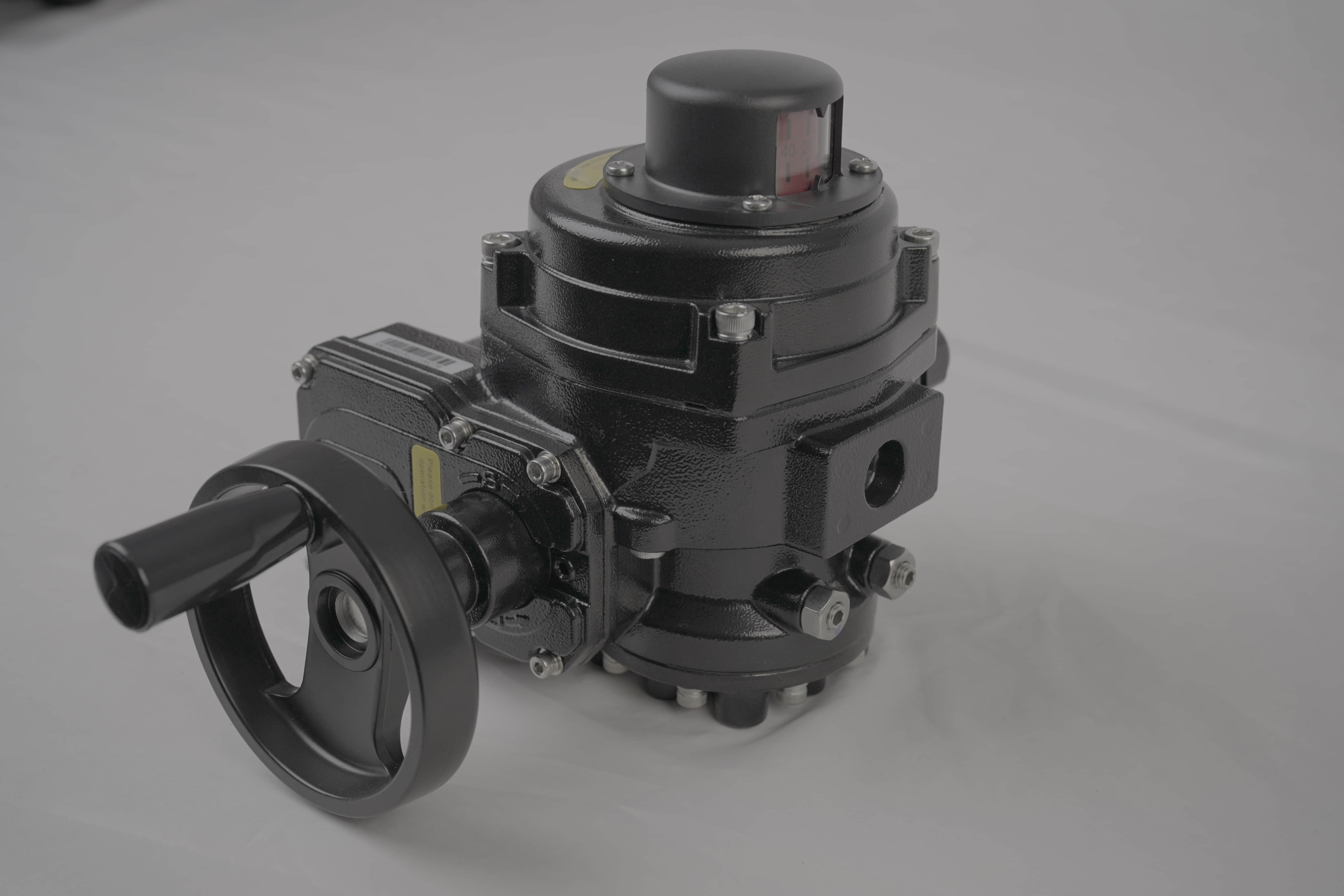the advantages and applications of stainless steel lithium battery valves
Release time:2024-12-05 15:00:41
In the rapidly advancing field of battery technology, lithium batteries have emerged as a dominant energy storage solution, powering everything from portable electronics to electric vehicles and renewable energy systems. Within this complex system, the lithium battery valve plays a crucial role in ensuring safety and performance. Among the various materials used for battery valves, stainless steel stands out for its unique properties and benefits. This article explores the advantages and applications of stainless steel lithium battery valves, emphasizing their importance in modern energy solutions.

Understanding Lithium Battery Valves Lithium battery valves are critical components designed to manage pressure and gas release within batteries. They serve multiple functions, including preventing leakage, enabling safe venting during overpressure situations, and protecting the battery from external damage. As lithium batteries charge and discharge, chemical reactions occur that can generate gas, leading to increased pressure inside the battery casing. The valve ensures that this pressure is regulated, maintaining the battery’s integrity and safety.
The Role of Stainless Steel
Stainless steel is an alloy known for its corrosion resistance, durability, and strength. These properties make it an ideal choice for manufacturing lithium battery valves. Unlike traditional materials such as plastic or aluminum, stainless steel can withstand extreme temperatures and harsh chemical environments, which are common in battery operations. Furthermore, its structural integrity ensures long-lasting performance, reducing the risk of valve failure over time.

